If you’ve been paying attention to the higher education industry, you’ve probably seen many changes over the years. However, few eras of student learning will involve such dynamic change as the past few years. Higher education has radically transformed over the last few years, and it doesn’t look to show any signs of slowing down. Due to the vast changes in the way students are learning, savvy higher education professionals would do well to pay close attention and adjust their modes of teaching.
To help you stay abreast of these changes, the team here at Instructional Connections assembled their thoughts on some of the most critical ways education is changing and how proper utilization of resources is pivotal for success.
Stage or Side Instruction?
Before we dive in, it’s important to take a closer look at two competing paradigms of educational philosophy.
The first is the “sage on a stage” model. In this model, the educator’s primary purpose is to be a subject matter expert, and educators ought to work to use that expertise to impart knowledge to their pupils.
In the “guide on the side model,” self-learning is the name of the game. In this paradigm, educators are mainly guides who help students engage with relevant content through projects, applied training, and classroom discussion.
There is utility to each of these philosophical models, but higher education professionals need to appreciate just how their roles in both paradigms have shifted over the last few years. Educators who have historically relied on their expertise within a given area may now find themselves having to diversify their curriculum. Likewise, guides may find that relevant expertise in defined content areas might help guide students through confusing or contradictory self-learning.
The “guide on the side model” is also a much more common model for distance learning, merely due to the nature of the model. Most distance courses rely on students to be self-directed and capable of engaging with content critically. Most curriculums expect faculty to help students engage with and think critically about content and projects, not distill and spoon-feed all education to their pupils.
However, many faculty members find themselves thrown into the deep end when teaching remotely.
If faculty members do find themselves migrating to virtual instruction and struggling with the transition from a sage on a stage to a guide on the side, it’s imperative that their institutions find ways to support them.
The Rise of Non-Traditional Students
In that same vein, the rise of non-traditional students is another significant change in how students learn. These students are typically older, have some experience in the workforce, and have different schedules. They are thus quite different from the average college student, who is usually full-time and has more time to attend in-person classes. Non-traditional students also are much likelier to attend virtual classes since this type of education meshes well with their busy schedules.
Non-traditional students, since they tend to be older and more experienced, are often much better at regulating their schedules and coursework. However, their dependence on virtual learning does pose challenges. Faculty instructors not used to virtual learning might struggle to adapt to this sort of teaching.
Early Exposure to Professional Communities
At one point, education was perceived as all a student needed to succeed. This was never entirely true, but it is becoming increasingly necessary to realize that a degree in and of itself is not a golden ticket. Students now are encouraged to begin networking early and connect with professionals in their vocation while still in school. Faculty instructors now realize that their role is not just to be a sage on a stage or a guide on the side. They also need to help students explore the ins and outs of their craft and make lasting connections to their vocational community. Work experience and familiarity with a vocation are huge boons now for faculty instructors looking to help their pupils network early.
Academic Coaches & Changes in Learning
Student learning will always continue to evolve. That’s just a fact. It’s imperative now that faculty instructors are prepared to showcase their expertise, guide through distance learning, and support non-traditional students.
An Instructional Connection Academic Coach can be a great way to support faculty members through these challenges and maximize the potential of the faculty member.
Our Academic Coaches all have at least a Master’s Degree and are experts in their field. Their expertise and familiarity with their craft also make them an excellent resource for the students in their courses, who often see their Academic Coach as a peer and trusted mentor. This expertise in the subject matter lets our Academic Coaches free up time for faculty members to focus on what they do best: teaching!
Our process is simple.
- Understanding Your Needs: Every course, every university, every faculty member is different. We begin by sitting down and understanding what you need in an academic coach. It is essential that we understand your unique needs before diving into the next steps in the process.
- Assigning the Right Academic Coach: Next, we assign you an Academic Coach. This Academic Coach will be contracted, paid, and managed by Instructional Connections. This eliminates the need for additional human resource workers or additional lifts on the part of the institution.
- Support Throughout the Semester: We will be in the wings the whole semester to ensure that your Academic Coach is properly supported and meeting your needs.
The classroom is ever-evolving. Help your faculty members stay up-to-date and prepared for these changes with an Academic Coach from Instructional Connections.
Contact Instructional Connections To Learn More!











